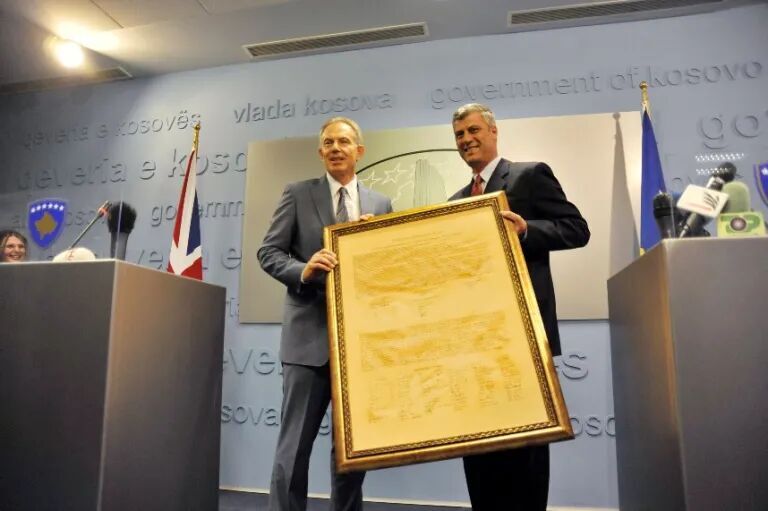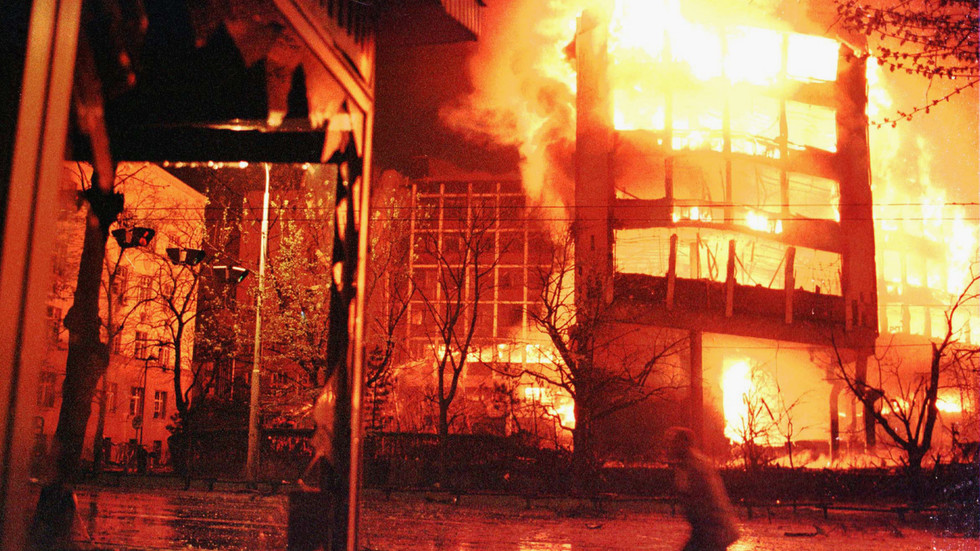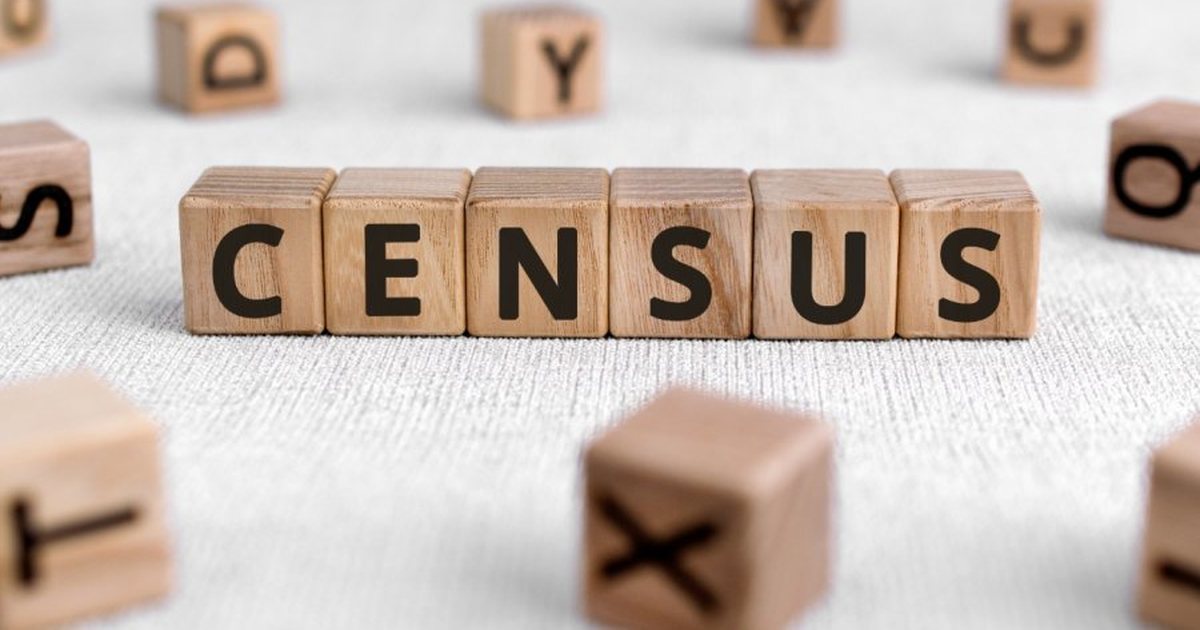Akul
The Force is Strong With This One
Oh, don't you say?Very materialistic and pessimistic point of view.
Yeah, so strange that the same discriminating and disparaging rhetoric is used by the psychopaths in the government's of Milošević then and psychopathic/narcissistic Vučić now for those Serbs who still have some dignity and common sense. If cannot pinpoint to "inner enemy" then is commonly found an "outer enemy" like the "nationalistic" Croats.The one you would have if comparing Serbia and Swiss, or Sweden. Or if you are overly nationalistic Croat, or serbian fifth column (so called "drugosrbijanac" - "second-serbians", always schooled on the West, and always thinking of their own people the worse. Much used by Soros' NGOs since 2000s). Russians have lot of such ilk too.
Sure, sure, the Serbs always fought only when needed. All the ethnic cleansing, genocides, raping and so on in the 40s and especially in the 90s in Croatia, Bosnia, Kosovo and so on was only a defensive reaction, probably in a good faith too!Serbs fight when there is a need. Be it because of external aggression or inner fight (like today). Serbia didn't attacked Austro-Hungary, but Austro-Hungary attacked Serbia. Serbia didn't attacked Turkey or Germany, but other way around, and so on . . .
Sure, nevermind the fact it is actually coined and promoted by the Serbian political and intellectual elite directly related to the government led by Vučić who was "little man" of Milošević during the 90s and Vučić himself was publicly propagating the ethnic cleansing and genocides in Croatia and Bosnia for the realization of Greater Serbia ideology - which is now termed in a more politically correct term "Serbian world" - and Dodik in Bosnia is constantly threating with the secession of Republika Srpska (which would lead to a new war and the disintegration of Bosnia) and merging Republika Srpska with Serbia. The idea is literally propagating, again, the unification of all Serbs in one state or cultural-economical and other close connection of Serbs near Serbs with Serbia.You even misunderstood the term "serbian world".
First: that is the term for serbian cultural and traditional influence on the Balkans, not political or territorial. And that is pretty much new term, couple of years old.
Second: that term is irrelevant in Serbia, very few pays attention to it.
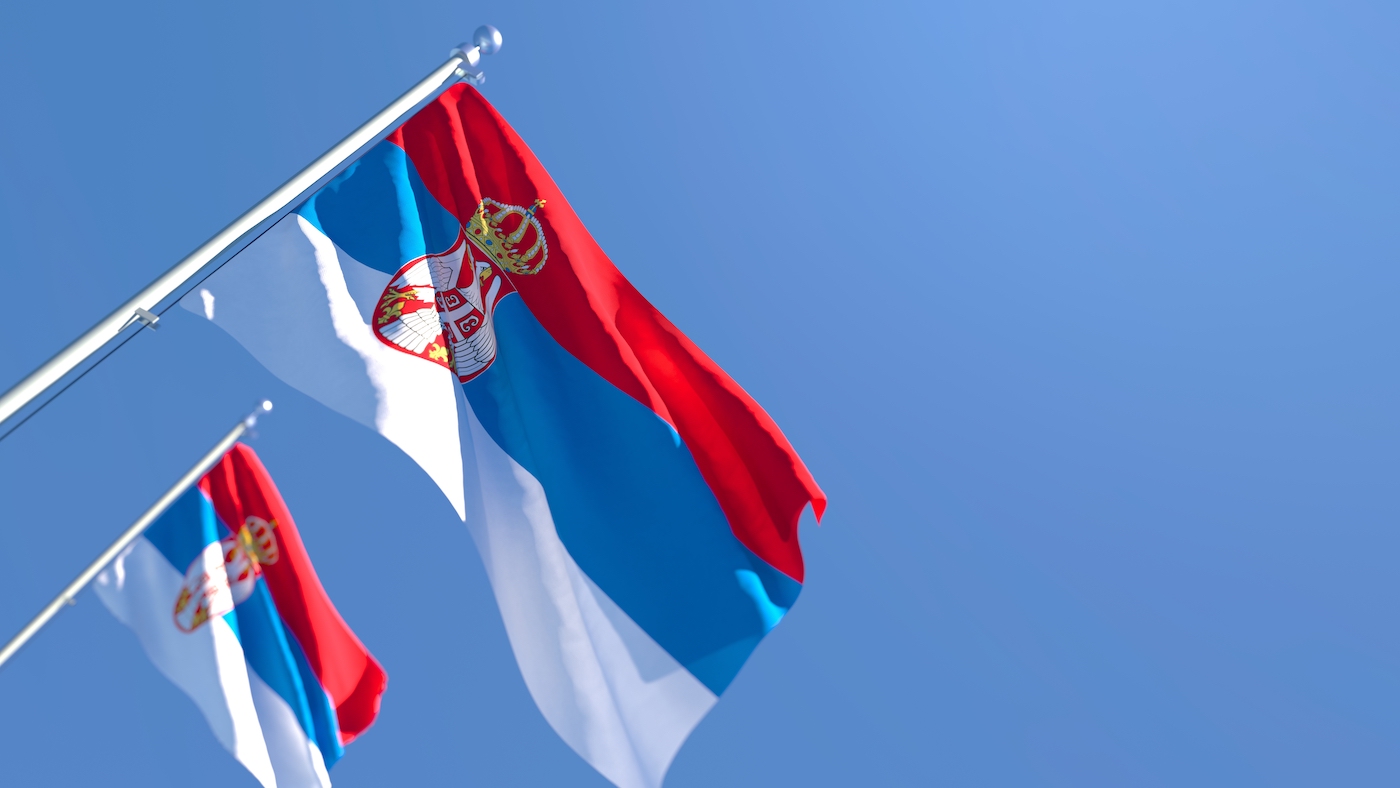
Serbian World — a dangerous idea? - Emerging Europe
Serbian Interior Minister Aleksandar Vulin has courted controversy with several statements about the so-called Serbian World, an idea that Serbs living in the Western Balkans should be part of the same political sphere. What exactly is that Serbian World, and how does it fit into the political...
"Serbian Interior Minister Aleksandar Vulin has courted controversy with several statements about the so-called Serbian World, an idea that Serbs living in the Western Balkans should be part of the same political sphere."
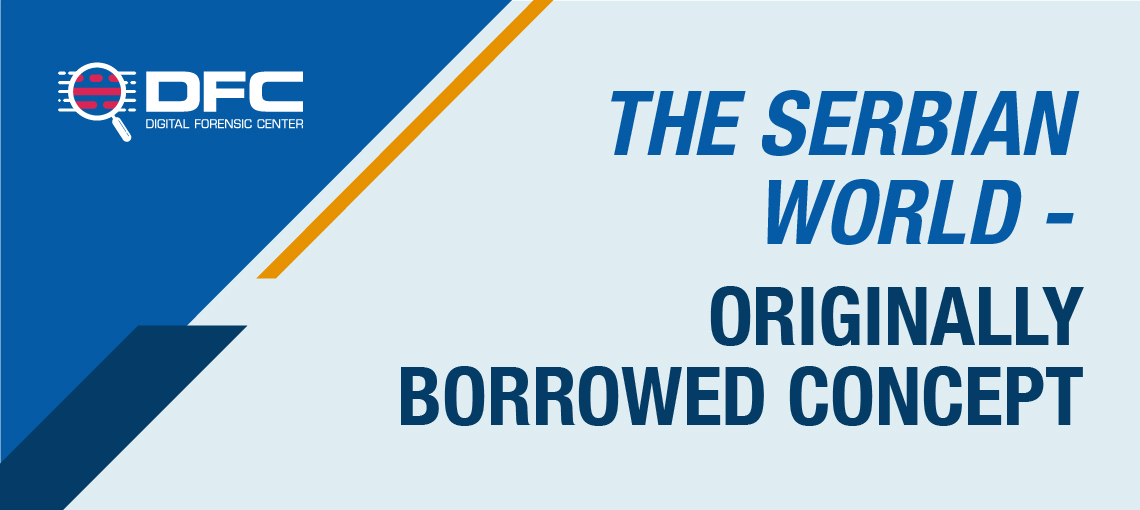
The Serbian World - Originally Borrowed Concept - dfcme.me
Serbia has distinguished itself as a testing ground for articulating Russian interests, as a predominantly Orthodox state, in which the notions of nationality and religion are considered identical. Issues of nation and religion are often mixed, and Serbianness and Orthodoxy are equated. These...
 dfc.me
dfc.me
"Recently, the concept of the Serbian world has been widely exploited, referring mainly to the insatiable Greater Serbia ambitions for expanding its influence beyond the borders of the Republic of Serbia. The construct of the Serbian world is a counterpart to the initiative of Russian peace (world) and is essentially a continuation of the old hegemonic idea of a Greater Serbia, which was one of the main causes of the disintegration of Yugoslavia and bloody ethnic conflicts on its territory in the 1990s."
The Concept of the Serbian World: A Copy of the Russian World or a Unique Idea for the Multidimensional Cohesion of the Serbian People? (https://mpra.ub.uni-muenchen.de/116782/1/MPRA_paper_116274.pdf)
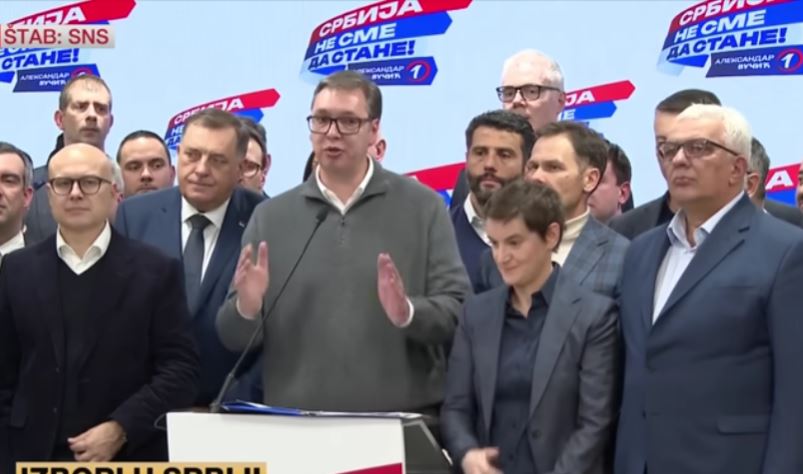
"The high representative for B&H, Mr Christian Schmidt, recently said that Aleksandar Vucic wasn’t making the Serbian World. That’s true. He’s not creating it. He’s already created it. That is, it was created on its own. To be precise, Mr Schmidt said that “Vucic doesn’t support the Serbian World”. Hell, it was created on its own – as a kidney stone, for example – and Vucic doesn’t back it. He only maintains it. Today, that entire Serbian World, which doesn’t exist, votes for Vucic: it’s practically an election unit. And that was an important message of the elections.
Note to particularly dumb and particularly mean readers who claim they don’t notice the existence of the Serbian World. It comprises Serbia, Montenegro and a half of Bosnia. The intention is to make the north of Kosovo an integral part of it: but Kurti doesn’t allow it. Because Kurti, unlike the big men who were or are in power in our country, is a politician, not always a hungry hen. And he’s not corrupt, unlike our doyens. Well, “our Western friends” have nothing to blackmail him and force him to obey them and deliver to Vucic a “community of Serbian municipalities”, which he will then, little by little, legally, medially, economically and in every other way exclude from the order of Kosovo and add to the Serbian World.
If the Serbian World were some spiritual entity that includes Serbian cultural, linguistic and other fine areas that have no borders, part of it would also be, for example – Vienna and Chicago. Namely, there are more Serbs in both than in Montenegro, Kosovo or Eastern Bosnia with Eastern Herzegovina. But no. The Serbian World is a classic marking of the territory. Only those territories, unlike the attempt from 1992, should be annexed to Serbia without war and step by step. When the conditions are right.
The Serbian World is as Lassie, Bigfoot and the Yeti – but the other way around. Namely, no one has seen the listed creatures – only some claim that they have. The Serbian World, on the other hand, is seen by everyone – only some claim not to see it. And, at the same time, the creation of the Serbian World was no secret. On the contrary. Few things in this region were more transparent than its growth and establishment. If our tenders were so transparent, where would we end up?
Everything happened publicly, out loud and in plain sight. Important people were saying that it was to be made. Important institutions of the Republic of Serbia wrote documents about it. Governments made decisions that armed that world. The only thing missing were those yellow signs that say “under construction” and a drawing of the project, with the date by which the building will be completed. And yet, in Montenegro, there are still people able to stand in front of the cameras and announce that the Serbian World is just a mirage, just part of the narrative of “Milo’s propagandists”.
The Serbian World was established, among other things, with the amen and active support of the great powers. At the same time, Russia’s role in this was the least important and by no means decisive. An important tool in establishing that world was the anti-corruption fight. You must have noticed: the undoubtedly corrupt regimes of Milo Djukanovic and Bakir Izetbegovic have fallen. The undoubtedly corrupt regime of Aleksandar Vucic is not. On the contrary: no one mentions his corruption. Vucic seems to rule flawlessly. And it will be like that for as long as the illusion of Quinta lasts that Vucic can be corrupted by concessions: that he can be persuaded to lead that country to the west, contrary to the authentic will of the citizens of Serbia.
Samuel Johnson, a staunch conservative and an important author of 18th-century British political thought, is the author of the often-quoted and misinterpreted thought: “Patriotism is the last refuge of the scoundrel”. Several propagandists of the Serbian World operating in Montenegro used this idea to deal with Montenegrin patriotism and portray it not only as primitive, but also corrupt."
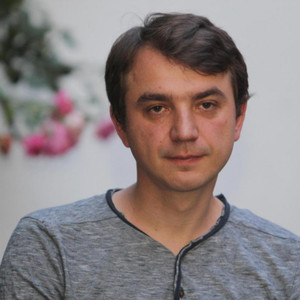
Serbian analyst: Why Vucic is the biggest evil for Serbia and the region
Since coming to power in 2012, Aleksandar Vučić has done everything...
That pescy neighbours, always making problems with noble Serbian ideas! (There was always only one - Greater Serbia as Yugoslavian idea was never Serbian - it was Croatian - and was only perceived and used by the Serbian elite to unify all Serbs in one country). Since nobody cares about it among Serbs and in Serbia, I guess next thing you will say is that the Croats or others actually coined the idea of the Serbian World to make a bad image of the Serbs!But, there is much more attention for the term in neighbouring countries, such as Croatia.
Do you really think that people believe this Greater Serbian revisionistic brainwashing? Indeed, such a shame that SANU (Serbian academy)'s academics were used beforehand to pump up Serbian nationalism, better said chauvinism and ethnic hatred, so that the Serbs are maliciously manipulated to invade, ethnic cleanse and genocide Bosniaks, Croats and Albanians/Kosovars in all neighbouring countries. The fact that the Serbs with Milošević actually were primarilly those who destroyed Yugoslavia within, trying to use it only as a ploy for Greater Serbia.It resembles the situation from the 1990s, when Serbian academy of science and art, and especially the writer Dobrica Cosic were used (from the West, of course) to pump up croatian nationalism to fight against ethnic Serbs in Croatia, and in that way to destroy Yugoslavia.
All this is pure made-up bull.Croats were bombarded with the false premises that Serbian academy hates them, and that Serbian academy had great influence on politics in Serbia, and Dobrica Cosic is serbian "father of the nation". BUT, that was just for internal use in Croatia, to incite hatred.
Sure, sure. The top academic institution of the intellectual elite didn't have any influence (which is just another bull), let's ignore the fact that happened so-called SANU Memorandum - WikipediaIn reality, in Serbia, Serbian academy had none influence (just as today), and its "memorandums" were unknown and irrelevant (nobody paid attention).
The main theme was that Yugoslavia's constitutional structure discriminated against the Serbs, and that decentralisation was leading to the disintegration of Yugoslavia.[3] It claimed that Serbia's development was eroded in favour of other parts of Yugoslavia, or rather that other more developed regions flourished at Serbia's expense. The memorandum was officially denounced by the government of Yugoslavia in 1986, and the government of the SR Serbia for inciting nationalism.[4]
Memorandum of the Serbian Academy of Sciences and Arts (1986) was the single most important document to set into motion the pan-Serbian movement of the late 1980s which led to Slobodan Milošević's rise to power and the subsequent Yugoslav wars. The authors of the Memorandum included the most influential Serbian intellectuals, among them: Dobrica Ćosić, Pavle Ivić, Antonije Isaković, Dušan Kanazir, Mihailo Marković, Miloš Macura, Dejan Medaković, Miroslav Pantić, Nikola Pantić, Ljubiša Rakić, Radovan Samardžić, Miomir Vukobratović, Vasilije Krestić, Ivan Maksimović, Kosta Mihailović, Stojan Čelić and Nikola Čobelić. Philosopher Christopher Bennett characterized the memorandum as "an elaborate, if crude, conspiracy theory."[44]: 81 The memorandum claimed systematic discrimination against Serbs and Serbia culminating with the allegation that the Serbs of Kosovo and Metohija were being subjected to genocide. According to Bennett, despite most of these claims being obviously absurd, the memorandum was merely one of several similar polemics published at the time.[44]: 81
The Memorandum's defenders claim that far from calling for a breakup of Yugoslavia on Greater Serbian lines, the document was in favor of Yugoslavia. Its support for Yugoslavia was however conditional on fundamental changes to end what the Memorandum argued was the discrimination against Serbia which was inbuilt into the Yugoslav constitution. The chief of these changes was abolition of the autonomy of Kosovo and Vojvodina. According to Norman Cigar, because the changes were unlikely to be accepted passively, the implementation of the Memorandum's program would only be possible by force.[45]: 24
Jordan B. Peterson, Maja Djikic - You can neither remember nor forget what you do not understand (2003)
On June 28, 1914, a radical Serbian youth-group member, Gavrilo Princip, assassinated the Archduke Franz Ferdinand, heir to the Habsburg Empire, and plunged Europe into the First World War. Seventy-five years later to the day, the president of Serbia, Slobodan Milosevic, roused his people to combat in a speech before thousands of his supporters, gathered to commemorate the 600th anniversary of the Battle of Kosovo (1389), an event that served as the focal point of a powerful collective Serbian sense of victimization and entitlement. “After six centuries,” Milosevic told the enthusiastic crowd, “we are again engaged in battles and quarrels. They are not armed battles, but this cannot be excluded yet” (Malcom, 1996). The memory Milosovic invoked, mystified and distorted through the intermediary centuries of “unjust hardship” suffered by the Serb people, served to justify Serbian attempts to regain territory they felt unfairly deprived of. Milosevic proved exceedingly successful in exploiting such collective memory to rouse the aggressive defensiveness of his people, and in manipulating them into plundering and murdering in Bosnia and Croatia in the following years.
The collectively constructed “memory” of the Battle of Kosovo, for example – used by Milosevic and other Serb nationalists to justify attempts to take over parts of their neighboring countries – accentuated the victimization of the Serbian people, while omitting all reference to the somewhat equivocal actual outcome of the Kosovo battle. Nationalist Serbian leaders agitating for war also consistently implied that the Serbs faced great threat, and proposed that such threat could be confronted pre-emptively in armed battle (Malcom, 1996). Appeal to past or present victimization to rationalize current atrocity appears a far from uncommon and impressively effective technique for rousing hatred (Staub, 1997).
Last edited:

 . . . Of course with no interes among members of the forum.
. . . Of course with no interes among members of the forum.